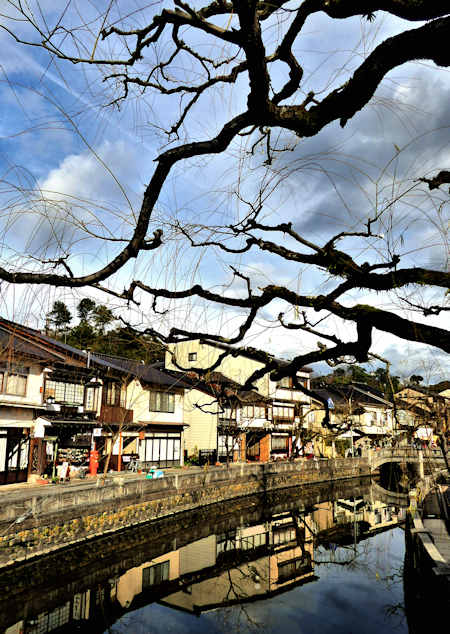While doing my initial research, many years ago, on any interesting spots to visit in Tanabe to visit I came across the Minakata Kumagusu Museum and was instantly attracted to the architecture.
I have not been able to find out who designed it, but it reminded me somewhat of Ando Tadao's
wooden temple in Shikoku, Komyoji.
I had never heard of Minakata Kumagusu, but since visiting I have come across him in various books and he has become more and more intriguing. He is often portrayed as a naturalist, and specifically an expert on slime mould, but he is also credited with being Japan's first environmentalist. Certainly he was a maverick and an eccentric.

He was born in Wakayama in 1867. He studied at a school in Tokyo and passed the entrance exam to university but instead chose to travel to the U.S. and study independently in 1886. He enrolled briefly at an Agricultural College, but, as would occur repeatedly throughout his life, incidents caused by drunkenness meant he didn't stay long. He studied by himself and traveled to Florida, Cuba, Jamaica, and other countries to collect samples. After 6 years he moved to London and spent a lot of time at the British Museum. He continued to study and became well known among many scientists and other public figures and published extensively in the journal Nature. In 1900 he left London and returned to Japan.
He lived a few years in the mountains of the Kii Peninsula, continuing his research and collecting. In 1904 he moved to Tanabe and in 1906 married and started a family. He continued to publish in both English and Japanese and became a well established authority and at one point gave a lecture to Emperor Hirohito. He never did graduate from university and continued to get into trouble through his drinking. He passed away in 1941 and is buried in nearby Kozanji which is where another famous Tanabe resident, the creator of Aikido, Ueshiba Morihei, is also buried. I will cover Kozanji later.
When his daughter died she left a massive collection of notes and research materials to the town and they built this place as an archive of his materials, a museum about him, and as an ongoing research facility.
Next door is the house he lived in and it is also open to the public. When I post on that I will delve into the most intriguing aspect of Kuagusu, his fight against the shrine closure movement of the early 20th century which was his legacy which is why he is considered an environmentalist.


































































